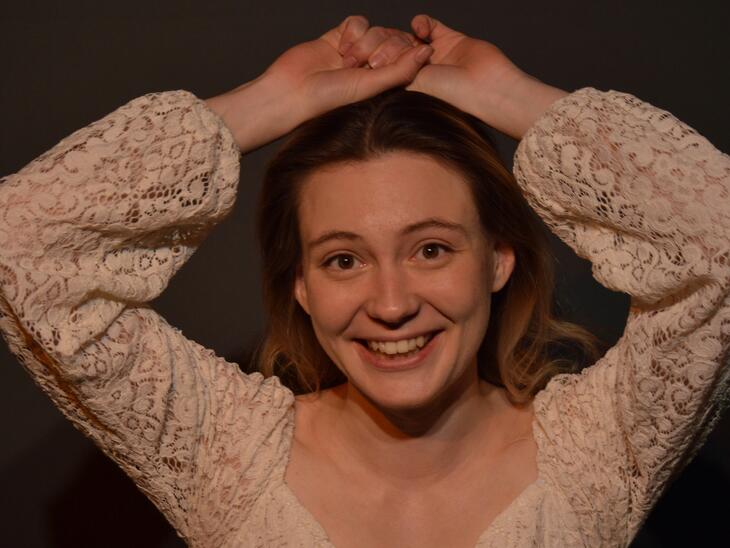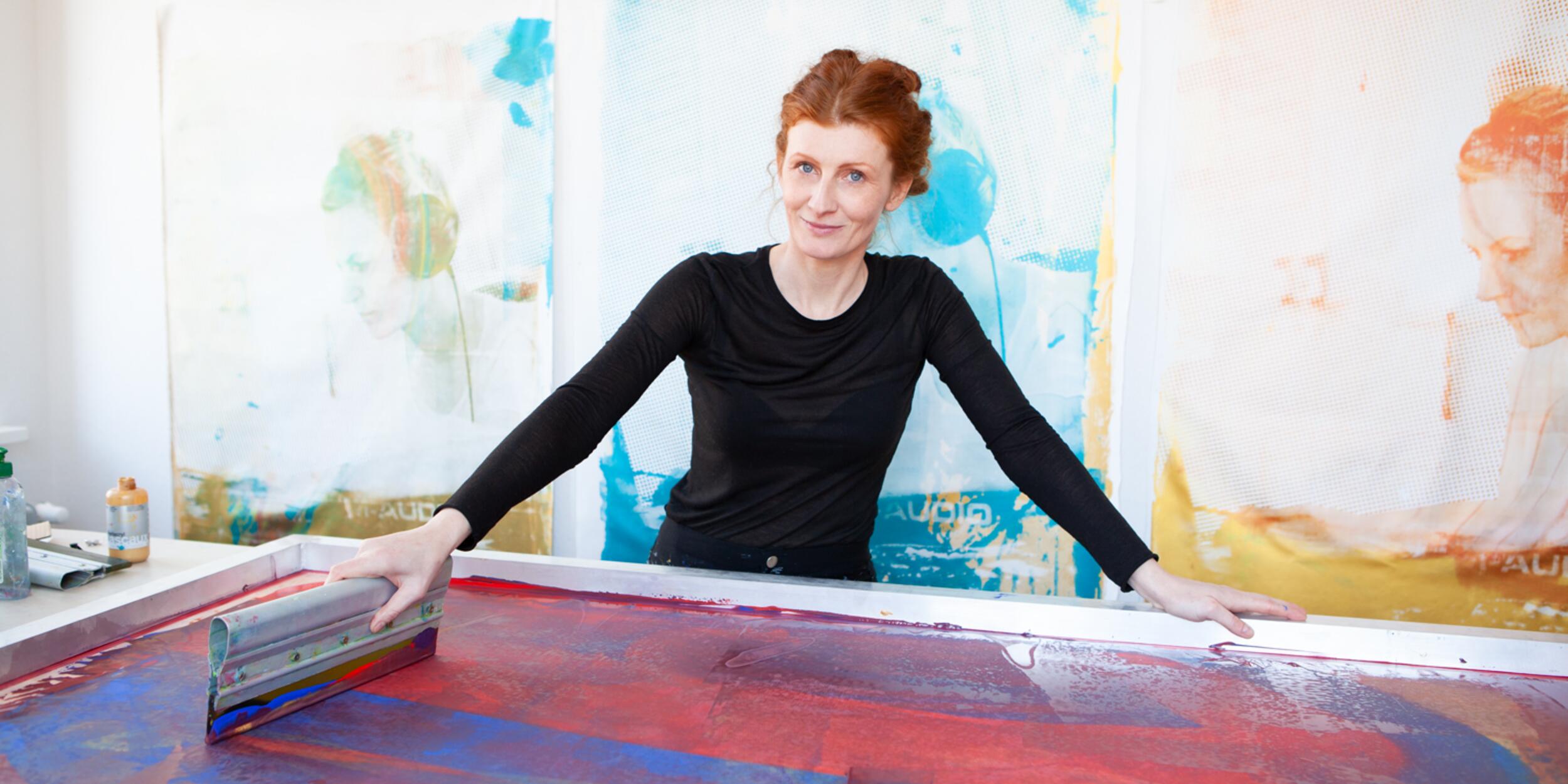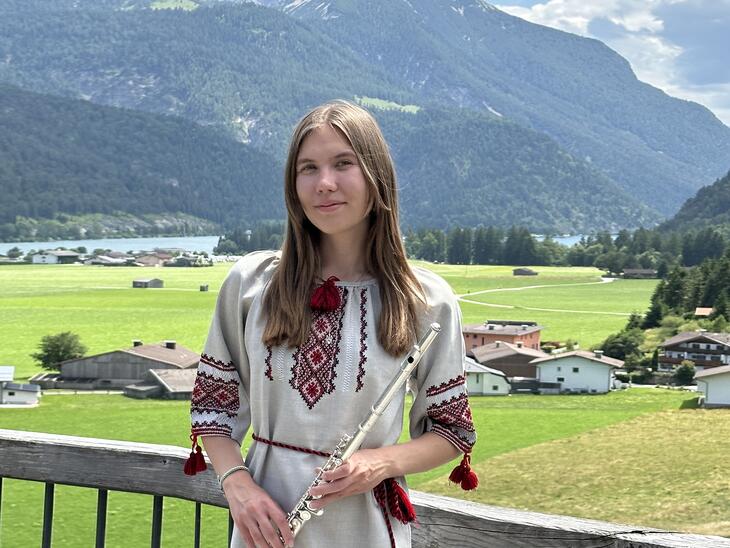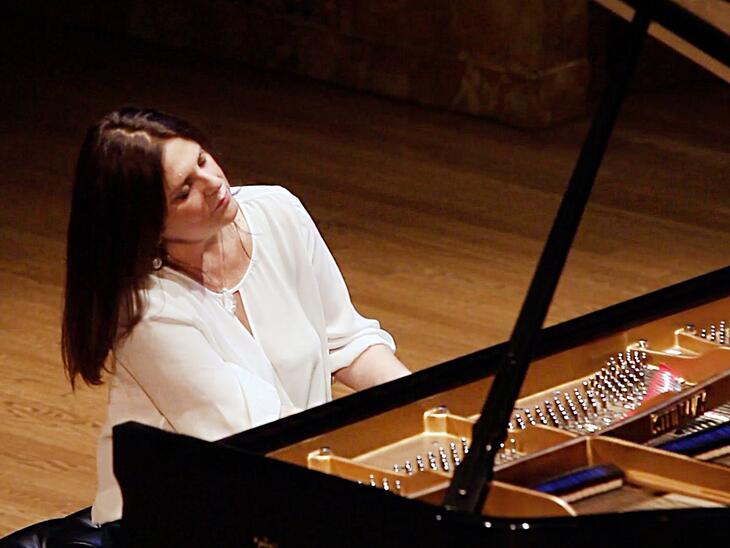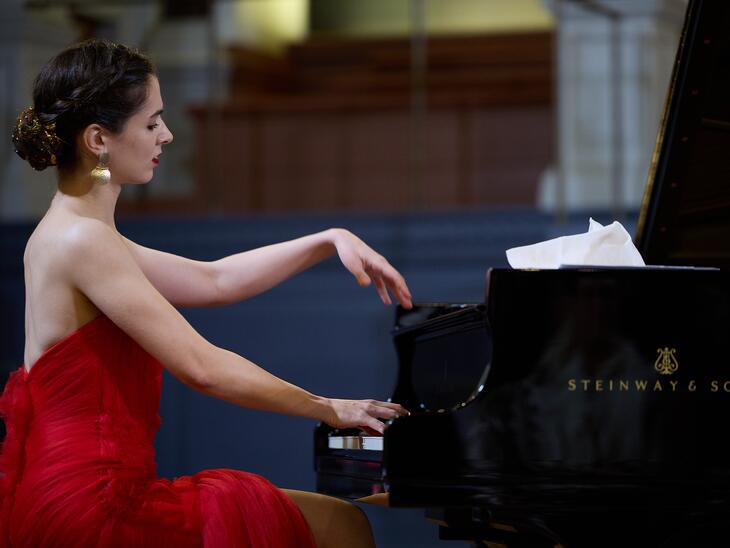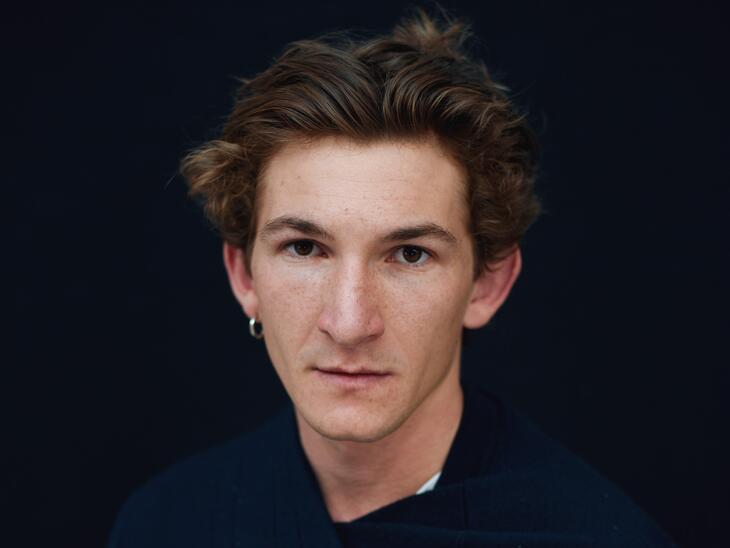How did it come about and what was your motivation?
It wasn't planned that way, although the artistic area was very strong in the training and we were well supported. Through my geography studies, excursions were always very important to me. One year, when a trip didn't work out, I got very involved with an art project called "OVERIVEW." That was a very formative experience. I noticed that this work gives me a lot of pleasure and I "tasted blood", so to speak. So it was clear that I definitely wanted to deepen the art. That was the first step.
It was very courageous, because teaching offers a certain level of security. Many artists secure a fixed income and create space for their personal art in addition to teaching.
After graduation, I worked at a school to keep my head above water financially. At the same time I devoted myself to music and art. I then relatively quickly came into a dichotomy. On the one hand I had the teaching job, which fed me, on the other hand the music and then the fine arts. There are "construction sites" everywhere and you don't really get anywhere. When you come back at four o'clock in the morning after a concert and are supposed to be at school at eight o'clock, you reach your limits relatively quickly. When I thought to myself that things had to change and wrote many applications deep into the night, I received an offer from China. I saw it as a "sign", especially because at the same time I was offered an "L1 apprenticeship contract", which of course honored me. In the end, it was a clear "gut decision" to choose art and uncertainty. That was the beginning of my self-employment and it was a "hard bread". I haven't regretted the decision to this day - even though it wasn't always easy.
Can you also be heard solo on the harp or "only" in connection with your visual art?
Both. I have a solo program with my own repertoire and project-related I play harp in combination with visual art.
Your current project will be on display during the Salzburg Festival in August 2021 as an exhibition in the Kollegienkirche Salzburg under the title "100 FEMALE VOICES". What is this exhibition about and how did the project come about? What is so appealing about female artists from the last 100 years of the Salzburg Festival?
It shows a selection of 100 female artists who, through their personality and their work, have decisively shaped the Salzburg Festival, on and off stage, in its 100-year history. On the occasion of the 100th anniversary of the Salzburg Festival, the art project aims to bring the work of these women artists into the light of our perception and, through its compilation, to tell a story all of its own.
How would you describe the process of creating an exhibition?
There's a lot of planning, organization, research and, last but not least, perseverance behind it. It was clear to me from the beginning that the Kollegienkirche was the right place for this exhibition. A concept, cost calculations and drafts had to be made in order to acquire funds and prepare funding applications. At the same time, a selection of artists had to be made, contact with the artists had to be established and their approval obtained, photo research had to be carried out in the archives of the Salzburg Festival, photo rights had to be clarified and obtained, and of course the most important thing of all: the artistic process. It is an intensive year-long project. As a "one-woman-show" you are responsible for everything at the end of the day and everything always revolves around the number 100, which has to be managed.
Photos are the basis of the work, right?
Exactly - the photos serve as a template for the serigraphy and are embedded in the artistic work. I usually take the photos myself. In order to establish the reference to the Salzburg Festival, I was able to use the photos from the archive.
You travel a lot. Your last works were created in Berlin. What significance do these trips have for your work?
It was and is always important to me to show and establish my art internationally. I am represented with my art in China, Japan, the USA, but also in Europe, as recently in France. It is a welcome contrast that has a very positive effect on my work and network, although it involves more work, effort and expense. Stays abroad, excursions, research and "artist in residence grants" have had a very positive impact on my art.
Your work is interdisciplinary. Your works are often experienced in connection with image and sound. Is art in holistic perception a special concern of yours? How does the relationship between image and sound develop in your works?
In addition to exhibitions and solo concerts, I combine serigraphy with the harp to generate a visual and sonic composition - a universal combination in this form. I am fascinated to experience the artistic world in different dimensions and to take the viewer or listener into this world. At the same time "see", "hear" and also "perceive". The music can, for example, tell a story about the pictures. But it can also underline the effect of a motif or create a mood. With my audiovisual performances/installations I would like to open up another level of perception for the viewer of my pictures. Important in these projects is also the space in between, that is, to leave air. It is not about an "all-around sound system" of an exhibition. I would like to offer a stage to both art directions, the one is not "accessory" of the other.
These projects started with an idea for my opening events of the exhibitions. I wanted to offer the visitors something special/something different, to take them into my artistic world. For this purpose I constructed a light system for the harp, which enables me to play in the dark. My exhibitions have begun in the dark. Only the light silhouette of the harp and a connecting element, for example a video animation or a mirror image to the pictures, were recognizable. Then came the music, an original composition. The music told the stories about the pictures and got the visitors in the mood for the exhibition. After a while the room became lighter and the artworks could be seen by the visitors.
Last year, there was forced to experience a lot of art digitally. What experiences have you had with this? Are there perhaps even positive effects or changes?
Art is also about the aura of a work of art. A digital image cannot replace the aura and the personal experience. It's not least about the place, the space in which you experience something.
But digital formats also have something good: you can reach a lot of people, despite being separated by location.
Today you are in the middle of your artistic career. What was the path like from university to becoming a freelance artist? How would you describe your profession? What tips and tricks can you give to young artists?
To make a long story short, the beginning was really hard. I was completely on my own, but full of motivation. I was not afraid of work and believed in my art and music. Since these so-called "survival trainings" didn't exist or were just coming up in my time, a lot was "learning-by-doing". There were many challenges to overcome. Self-employment has advantages and disadvantages. But I enjoy being my own "boss." One downside of the profession is that an appropriate fee is not yet a given. Art is often supposed to be free. In other professions, this discussion doesn't exist like that. There is no right or wrong. Art is subjective. Often you just need luck to be in the right place at the right time. What is certainly helpful is a portion of courage to leave one's own comfort zone and go new ways. Believing in yourself and your own projects and ideas is important. Critics are always there. A lot of things must not and should not be taken personally.
In addition to personal qualities, there are also some skills that you can learn. I'm thinking of marketing, for example. How do you see that?
It wasn't a big focus when I was a student, but that has changed a lot. Self-marketing and networking are important to get ahead. Whereby one should be careful not to do everything alone. Cooperating with professionals who support certain tasks and activities with their know-how and networks is certainly better. However, it is a budget question.
How do you make it to grants, studios, exhibitions, galleries ...?
I think that in art, initiative is always good. But at the end of the day, everything has to fit together for things to get rolling.
In which area could you have done a little more during your studies?
Preparation for professional life is important. Above all, how to manage everyday life when the "protective mantle" of the university is gone. It's about very practical things, such as insurance and taxes. In my time, that was not present.
What do you remember most about your studies?
The community and the artistic exchange, the feedback.
